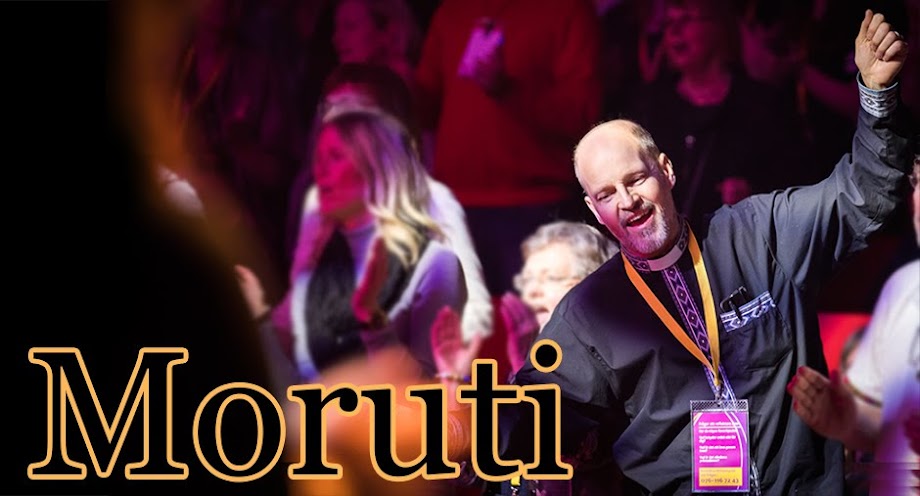Wednesday
last week Rev. Sthembiso Zwane arrived in Uppsala. He is the deputy director of
Ujamaa Centre for Biblical and Theological Community Development and Research
in Pietermaritzburg,
South Africa. We got to know one another when I was a lecturer at the
University of KwaZulu-Natal (UKZN). Ujamaa has strong links to the School of Religion,
Philosophy and Classics at UKZN.
Sthembiso
has had a comprehensive stay in Sweden. Starting with participating in the
graduation ceremony at the Church of Sweden Institute for Pastoral Education on
the day of arrival. He had met three of the students, when we visited
Pietermaritzburg in October 2016. I have written about that in a blog post. In
Swedish though.
The
Contextual Bible Study he conducted at Crossroads, on Thursday, I have also
written about this in a blog post recently. Also in Swedish. After this we met
the Director of the Swedish Bible Society.
On Friday
Sthembiso gave a lecture at a seminar at the Theological Faculty. He was
invited by Professor Kajsa Ahlstrand (mission studies). The theme of the lecture
was:
African Independent Churches (AICs) in Postcolonial Development
I already
knew that the ‘I’ in the acronym AIC either can mean independent, indigenous,
instituted or initiated. (At the seminar I learnt that some scholars also
interpret the ‘I’ as international).
The AIC’s
are the fastest growing family of Christian denominations in Southern Africa.
They have often been described as syncretistic, meaning that they mix
traditional, African religion with Christianity. Well, that is of course a risk
with every church – that the Christian message is mixed with other values. For
better or for worse. It is not difficult to understand that African Christians
experienced that the mission churches had mixed its Christianity with colonialism. How
about that?
Sthembiso
himself is an ordained pastor in
The NDJ Ethiopian Catholic Church in Zion
Hence he
gave the presentation as a practioner and insider more than as a scholar on AIC’s.
Still, I think the lecture was very informative and well prepared. He also got
a lot of appreciation from those who attended.
One
interesting thing was that Professor Kajsa Ahlstrand urged us to visit
the grave of the late Professor and Bishop Bengt Sundkler. Sundkler was a
highly respected scholar on AIC’s and he wrote about them in a respectful way.
Of course he was part of his time. (Sthembiso critiqued him in his lecture).
But Sundkler was known to have spent time with the AIC’s and not only studied
them on a distance. His two groundbreaking books:
Bantu Prophets in South Africa (1948)
Zulu Zion and Some Swazi Zionists (1976)
are still
referred to in almost every article or book about the AIC’s. On Monday, before
Sthembiso left for South Africa, we managed to find his grave. I know that it
was an important moment for Sthembiso.
 |
| Sthembiso at the grave, which was a bit difficult to find. |
 |
| It is not easy to read the text. |
We also
visited the Church of Sweden Mission grave, where, amongst others, another
Swedish Scholar is buried:
Axel-Ivar ‘Dabulamanzi’ Berglund
His book
Zulu Thought-Patterns and Symbolism (1976)
is a
standard book on Zulu culture.
 |
| Axel-Ivar Berglund is buried together with his wife, Kerstin, and one of his sons, Erik, who was my school mate. |
The weekend
we spent at
VärldensFest
in Västerås,
where Sthembiso also conducted a Contextual Bible Study. It was a good opportunity
to network with Christians from all over the world. It was in deed an honour
for us to host him in our home both before and after the gathering in Västerås.

No comments:
Post a Comment